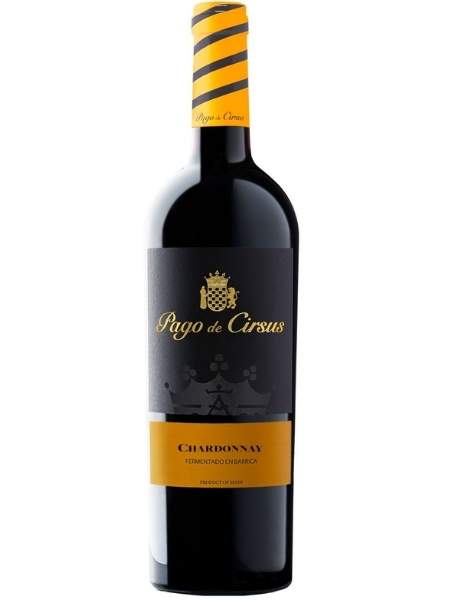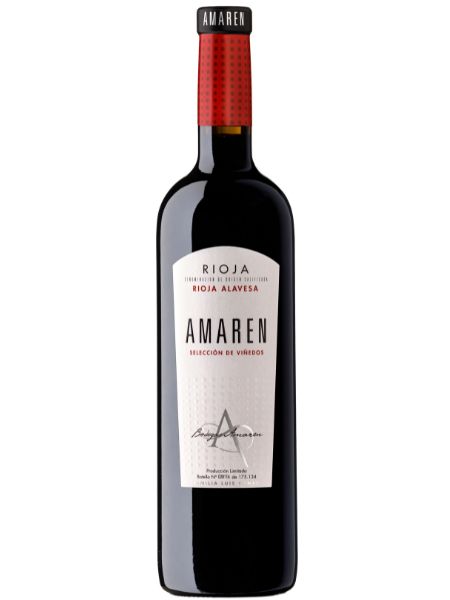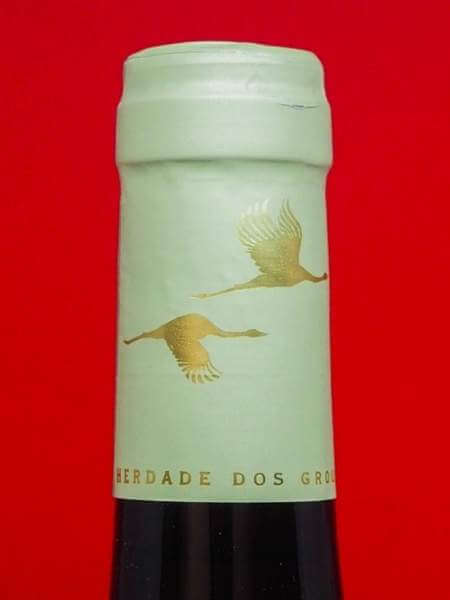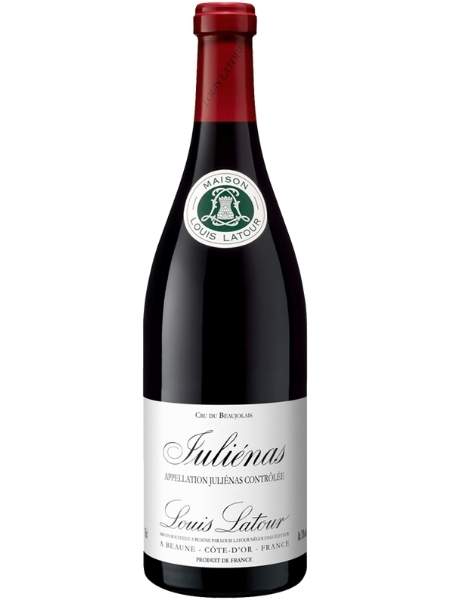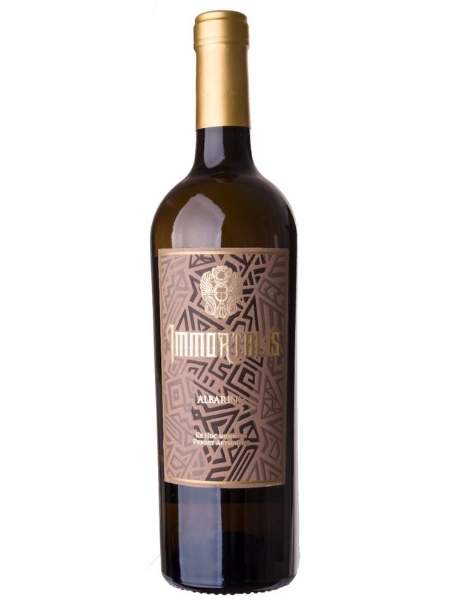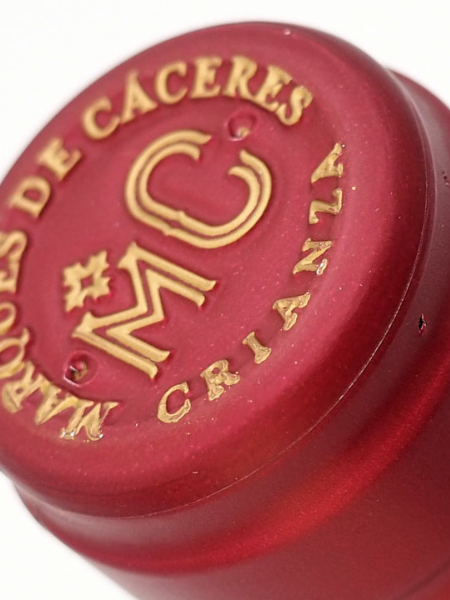
How to Identify Wine Defects

Good wine has all the different flavours well integrated, and no specific flavour stands out. If that is the case, you are certain it is a good wine. However, sometimes wines can have defects.
Unfortunately, many variants can impact the quality of the wines. Humidity, high temperatures and poor winemaking techniques can destroy the wine. Even though it is not very common to find bad wines, a recent study by Wines Spectator found that 7% of all bottled wine has some defect.
In this article, we will tell you all about how to identify wine defects, so the next time that you taste a wine, you will immediately know if it is a good one.
Cork taint
The first rule to know if the wine has any defect is to smell the cork when uncorking the bottle. If it has a vinegar smell, then the wine has a defect. This may be caused by the contact of the cork with the wine. If the cork has some defect, then it will be passed into the wine. Also, you will see it in the cork taint.
This common wine fault is due to the presence of filamentous fungi that transform chlorophenols into chloroanisoles, and as a result, give the wine a corky or musty taste. Chlorophenols are substances that are formed when chlorine comes into contact with certain materials that contain phenols, such as cork, cardboard or wood.
These are materials that are usually found in a wine cellar, so they reproduce easily in damp and poorly ventilated places. So there is no doubt that cellars, unfortunately, are perfect for them. Also, some fungi can infect the raw material of the cork stoppers, i.e. the bark of cork oak trees, and leave traces of chloroanisoles in the cork.
The compound responsible for the cork taste in wine is 2,4,6-trichloroanisole (TCA). This is a very volatile substance, capable of infecting a multitude of materials and spoiling the wine. It is quickly identified in wine by its corky and musty odour.
It is a very easy defect to identify, just smelling the wine is enough, and with oxygenation, it becomes more evident. Statistics show that 4% of wine bottles suffer from this defect, making it the most common wine defect in the world.
Now you know, next time that you open a wine bottle, check the smell of the cork, and you will avoid an unpleasant moment tasting the wine!
Bad Color
Of course, we can also know if a wine is defective by its colour. If we notice a brownish tone in white wine or an orangey tone in red wine, then the wine has a defect. Also, if the wine is cloudy and dull, there is something wrong with the wine, and you should change the bottle.
This negative trait can be caused by the oxidation of the wine. It can be because the bottle was not properly sealed, or the wine has been stored in a humid place with no ventilation.
Bad Smell
Our third recommendation is to smell the aromas of the wine. A wine that has been stored in bad conditions can have a direct impact on the quality of the wine.
If you smell any of the following aromas, then you know that the wine has a defect, and should be notified to the sommelier:
Rotten egg: Also known as hydrogen sulphide (SH2) aroma. The wine smell is generated by the action of yeasts on certain sulphur compounds that are sprayed on vines to control pests. Also, it can be due to the sulphur dioxide added to the wine during winemaking.
Fermented cabbage: Produced by bad fermentations and, in particular, by simultaneous fermentations.
Garlic: It is usually linked to poor winemaking techniques in the winemaking process.
Petroleum and similar: When uncorking wines bottled with a lot of sulphur and which have been stored for a long time, mercaptans odours, present in these materials, can be detected.
Mould: This may be due to the ageing of wine in humid, closed cellars, with poor ventilation and unsuitable hygienic conditions.
Excessive sulfur dioxide
Excessive sulfur dioxide is another defect that can destroy a wine. Sulphur dioxide or SO2 is used in most wines to stabilise them, prevent oxidation and inhibit the development of unwanted microorganisms that turn wine into vinegar. It also eliminates the enzymatic activity that causes wine browning and other defects.
The problem arises with an excess of this chemical agent, which can completely ruin a wine. The defect of excess sulphur is detected in the olfactory phase and the tasting phase, with an aroma of rubber, mothballs or freshly extinguished matches and a bitter taste with little flavour. In addition, fruity flavours disappear and can cause dryness and a scratchy throat.
You can see the defects once you open the wine, but is there a way to know it beforehand, before opening the wine? Some indications tell you if a wine may be defective.
The first indication is to see if the bottle of wine is open on the shelf in a bar and simply corked with its stopper.
If the wine is in an air-conditioned cellar or cooler with a vacuum stopper but the establishment does not specialise in serving wine or does not appear to serve much wine, the wine may suffer heat damage.
If the capsule shows convexity at the top or a "bulging" due to the presence of air between it and the cork. This situation is easily detectable if, when pressing with the thumb on the top of the capsule, the capsule turns inwards. This happens when, due to a defect in the closure, the cork allows gas to enter and exit.
If the cork stopper is perceived as protruding, as in the previous point, an abnormal convexity in the capsule will be perceived. It may also indicate the presence of an air leak. The capsule must always be properly sealed and fixed to the neck of the bottle.
If the establishment does not have wine care measures in place. High temperatures, proximity to electrical appliances, vibrations and movements may cause air to enter the bottle and cause the wine to become vinegary, and present wine flaws.
If the liquid level inside the bottle is abnormally low. There should be only a "one finger" distance between the liquid level and the stopper. If the liquid level is very low, it is possibly due to a bottling defect and the air contained therein may have vinegared the wine, which impacts directly the wine taste.
If the wine is young or Crianza and the vintage year is more than five or six years from the present. Taking into account the optimal period of consumption of these wines, the closure of these bottles is often not designed for long periods, and there may be an air leak.
Now that you know how to spot wine defects in wine, we hope that the next time you see a wine defect, you immediately recognize it.
Of course, if you have any questions or any doubts, do not hesitate to contact us, and our experienced team will happily help you.
See you next time, wine lovers,
Dis&Dis Team






